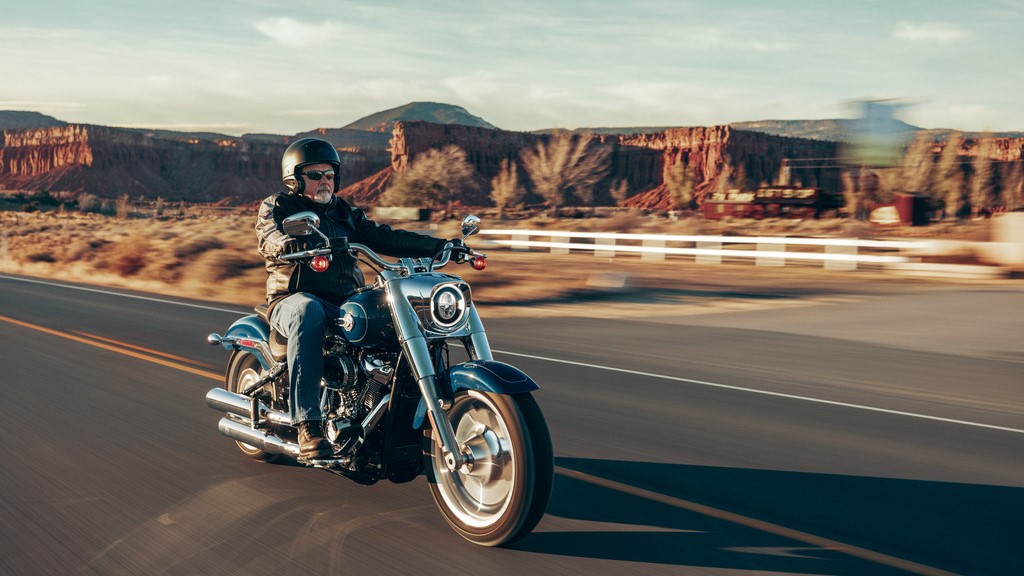Few motorcycle brands evoke the same level of recognition and reverence as Harley-Davidson. With its roots tracing back to the early 1900s, this iconic American company has garnered a massive global following and continues to be a dominant player in the motorcycle manufacturing industry. In this in-depth feature, we’ll delve into the fascinating history of Harley-Davidson and explore the specialised elective programmes at the Motorcycle Mechanics Institute (MMI) that allow students to gain hands-on experience with this legendary brand.
Harley-Davidson’s Humble Origins
The journey of Harley-Davidson began with two childhood friends, William Harley and Arthur Davidson. Both shared an early passion for bicycles and dedicated their spare time to working on prototypes for motorcycles. This shared enthusiasm culminated in the creation of their first motorcycle in 1903 at a modest 10-by-15-foot shed in Milwaukee, Wisconsin.
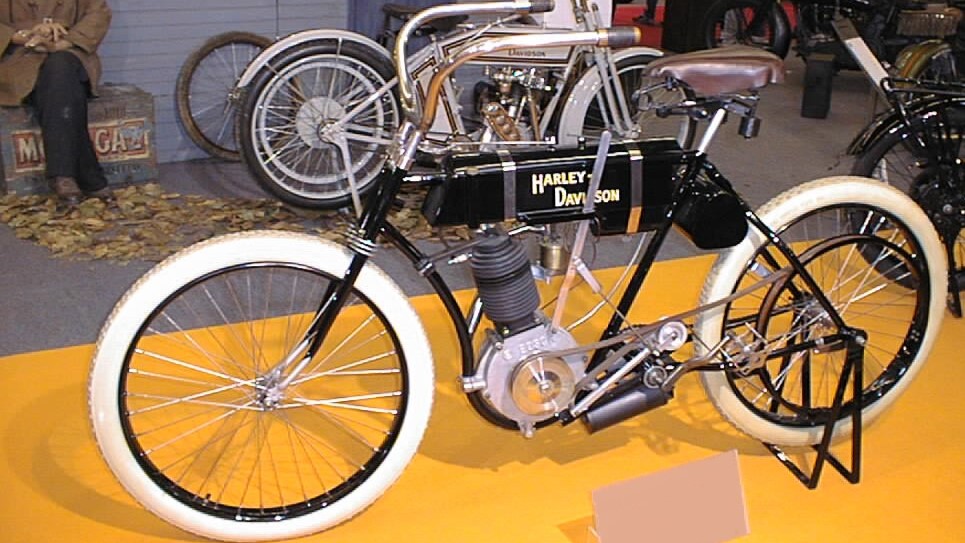
However, the duo did not stop there. In 1904, they unveiled a new prototype featuring a more powerful engine. This innovative model was put to the test in motorcycle racing at State Fair Park in Milwaukee, marking the brand’s early foray into competitive motorsports. In 1905, the company released its first production bike, the Harley-Davidson Model No. 1, which closely resembled the first two prototypes.
The first Harley-Davidson dealership was established by Carl H. Lang of Chicago, who successfully sold three out of the five bikes produced in that backyard shed. The demand for these motorcycles led to the construction of Harley-Davidson’s first factory at Chestnut Street in Milwaukee in 1906, where 50 bikes were manufactured that year. Officially incorporated in 1907, the company’s growth was evident, and Arthur’s brothers, Walter and William Davidson, joined the venture.
During World War I, Harley-Davidson made a significant contribution, with approximately 50% of its sales going to the U.S. armed forces. The company’s dedication to supporting the military led to the establishment of the first service school in Milwaukee, training Army mechanics.
In 1920, the iconic Harley-Davidson facility on Juneau Avenue was completed, standing seven storeys tall. Remarkably, this historic building continues to serve as the corporate office centre.
Harley-Davidson weathered the challenges posed by World War II, and the brand’s commitment to its military involvement remained unwavering. Approximately 88,000 motorcycles were produced for the military, accompanied by an extensive supply of repair parts.
Through the years, Harley-Davidson maintained its production and saw growth despite the ever-changing historical landscape. Today, it stands as a symbol of American motorcycle culture.
Harley-Davidson: Decades of Innovation
Listing every Harley-Davidson model by year would be an extensive task. Instead, let’s break it down by decades, shedding light on some of the brand’s significant milestones.
1910s: The Dawn of V-Twin Power
1911 7D: The first successful V-twin produced by Harley-Davidson; this model was pivotal in establishing the V-twin configuration that would become iconic for the brand.
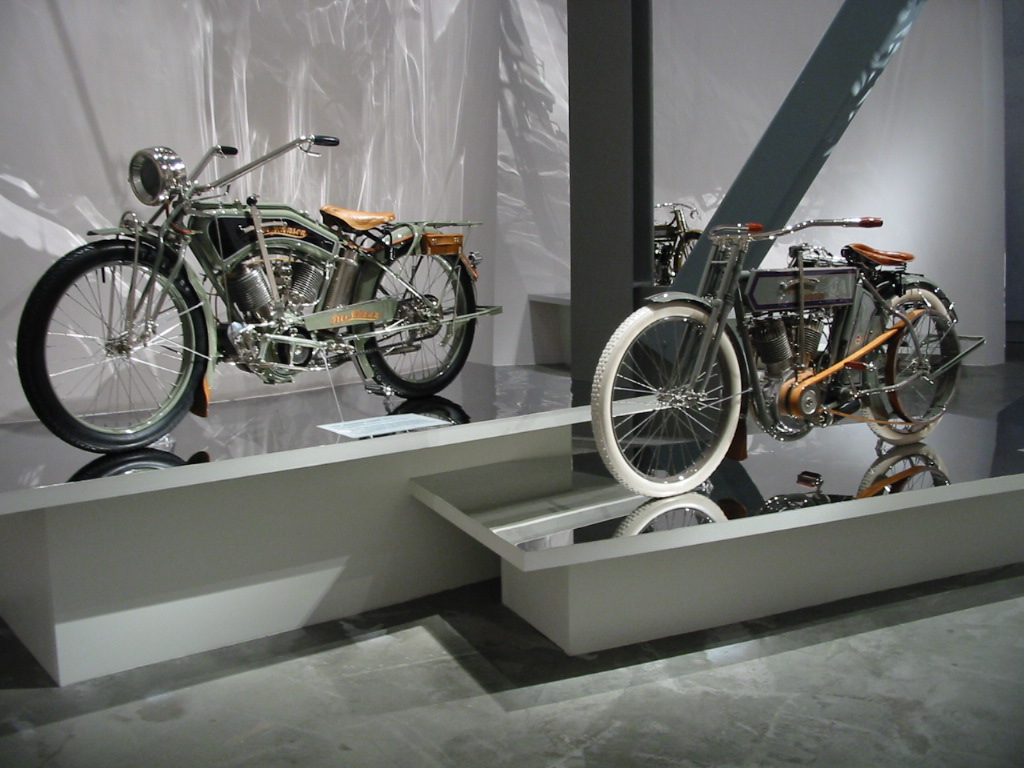
1914 10-F: A groundbreaking model, the 10-F was the first Harley-Davidson bike to feature two speeds, a revolutionary addition. It also introduced a “step-starter,” a precursor to the modern kick-starter.
1920s: Shaping the Brand
1925 JD: This model contributed to Harley-Davidson’s reputation for stylish design, boasting a rounded, teardrop-shaped fuel tank.
1929 D-Series: To compete with the Indian Scout Motorcycle, Harley-Davidson introduced the D-Series. It featured the side-valve, 45ci, V-twin engine known as the “45” or flathead.
1930s: Triumph over the Great Depression
1932 R-Series: Replacing the D-Series, the R-Series not only revamped the brand’s styling but also played a vital role in sustaining Harley-Davidson through the Great Depression.
1937 UL: Emerging from the aftermath of the Great Depression, Harley-Davidson introduced the UL, a Sport Solo model featuring a recirculating oil system and four-speed transmission.
1940s: Harley-Davidson in Wartime
1942 WLA: Produced for the Army during World War II, the WLA was equipped with a V-twin engine and special features tailored for wartime conditions.
1948 FL: This year marked significant design changes for Harley-Davidson, with the introduction of the new “Panhead” V-twin engine.
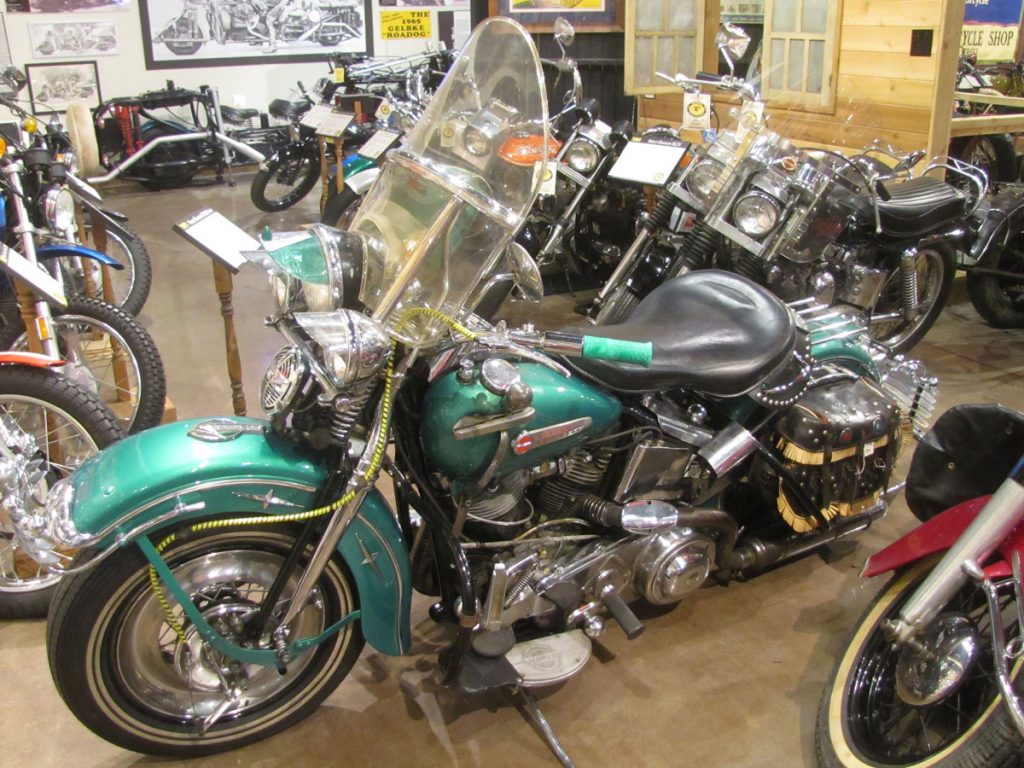
1950s: Innovation and Accessibility
1952 K-Model: Crafted with the image of a race bike in mind, the K-Model was a lighter alternative, targeting a more diverse customer base.
1957 Sportster XL: The Sportster was designed to make motorcycles more accessible to customers across the country. It focused on the economy and manoeuvrability.
1960s: Exploring Versatility
1961 Super 10: Geared as a smaller, entry-level motorcycle, the Super 10 featured a two-stroke, air-cooled engine.
1965 FL Electra Glide: This model marked a transition, featuring the last of the Panhead engines and the first-ever electric start. The combination made it a prized collector’s item.
1970s: The Chopper Movement and More
1971 Factory Experimental FX Super Glide: Marketed as the first custom motorcycle in the chopper movement, this model offered the handling of a Sportster with the power of a big-twin engine.
1977 FXS Low Rider: A variation of the FX Super Glide, the Low Rider captured the hearts of riders with its extended forks and streamlined design. It outsold other models during its debut year.
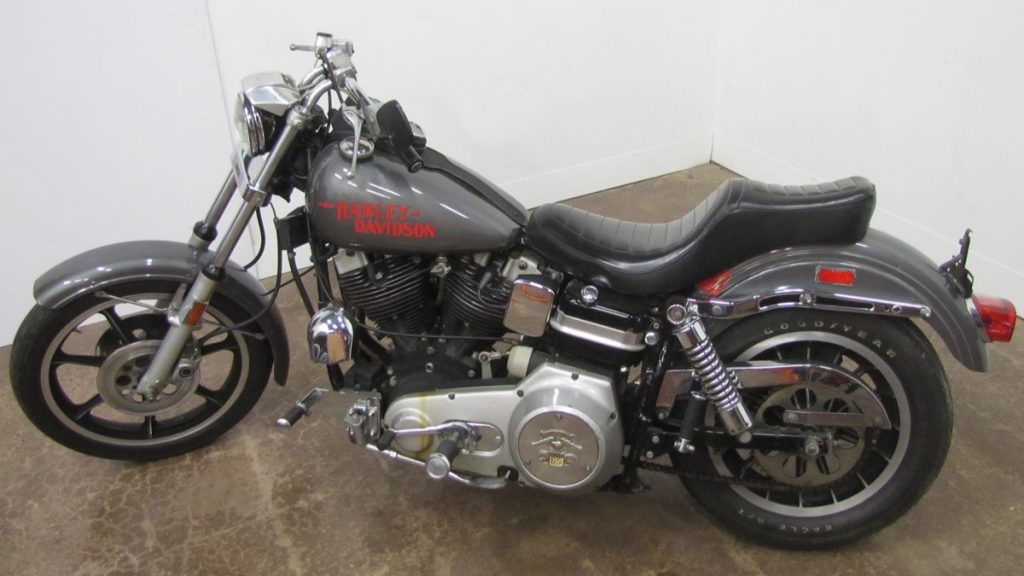
1980s: A Tribute to Tradition
1980 FXB Sturgis: This model honoured the historic Sturgis motorcycle rally in South Dakota. It featured classic black paint with red trim and was a limited-edition release.
1984 FX/FL Softail: A major revelation came in the ’80s with the introduction of the Softail platform, designed to resemble Harley-Davidsons from the ’40s and ’50s. This design concealed the suspension’s shocks.
1990s: The Advent of the Fat Boy
1990 FLSTF Fat Boy: Designed for Daytona Bike Week, the Fat Boy was later introduced to the market in 1990. It became an instant classic.
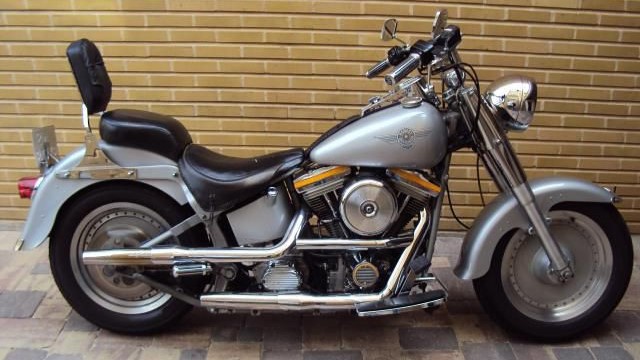
1992 FXDB Daytona: A tribute to Daytona Beach, the FXDB Daytona motorcycle featured chrome trim and a pearl paint job. Only 1,700 were produced.
2000s: Unique Customisations
2002 FXDWG3: This model offered a factory-custom look, catering to those seeking something distinct. It featured custom mirror stalks and grips, complemented by paint adorned with flames.
2007 FXDB Dyna Street Bob: Inspired by minimalist styling, the Street Bob eliminated the passenger seat and pegs, achieving a streamlined, solo-rider appeal.
2010s: Venturing into Electric Terrain
2014 XG Street: A sporty displacement bike aimed at a younger market, the XG Street mirrored the K-Model ethos, offering an affordable and enjoyable ride.
2019 Livewire: A significant shift in the brand’s history, the Livewire was Harley-Davidson’s first foray into electric vehicles. It featured a battery that offered an impressive 146 miles of city range.
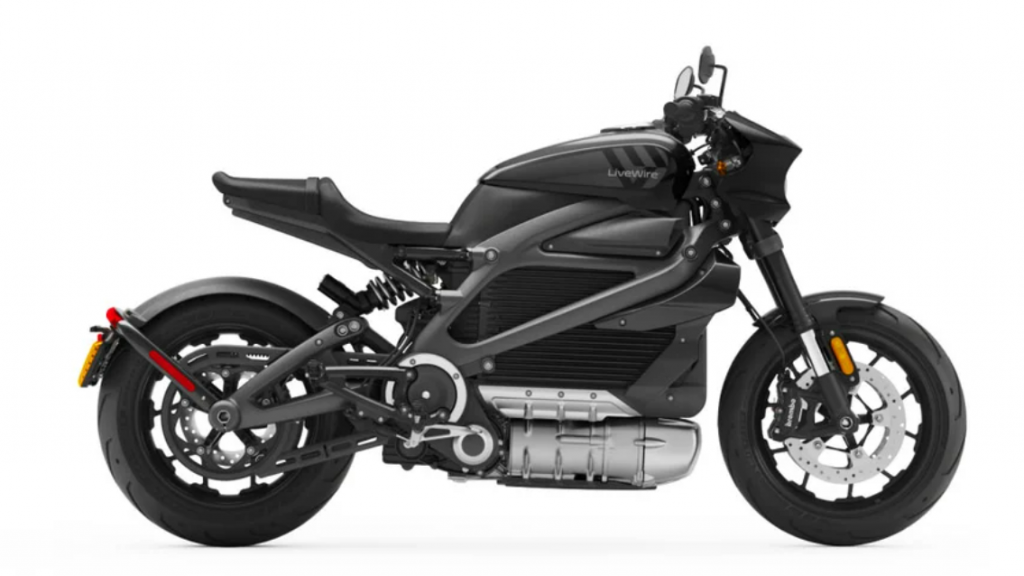
What makes Harley-Davidson’s journey even more captivating is the opportunity for students to work on both early and late-model bikes through the specialised elective programmes at MMI.
Harley-Davidson Electives at MMI
The enduring partnership between Harley-Davidson and MMI dates back to 1983 and has paved the way for a range of specialised electives, providing students with hands-on experience working with this iconic brand.
Once students complete the core Motorcycle Technician Training programme, they can opt for the Harley-Davidson Late Model elective, a 24-week programme that covers:
Introduction to Vehicle Service: This course encompasses dealer management systems, hands-on servicing of steering head assemblies, suspensions, and pre-assessments required for the Harley-Davidson PHD programme.
Introduction to Powertrain: Delving into Harley-Davidson’s engine history, transmissions, and fuel-injection systems.
H-D Vehicle Maintenance: This segment tests students on service literature skills while they work on motorcycles, covering topics like brake services and rear-wheel services.
H-D Electrical Diagnostics: Focusing on charging, starting, and engine management systems.
H-D Chassis Service: This course addresses service procedures for suspension and chassis components, along with insights into brake systems, including anti-lock braking (ABS) systems.
H-D Powertrain Service: Centred on powertrains, this section has students performing in-depth services and repairs on all components, including engines and wheel assemblies.
H-D Dealer Service Operations 1: A capstone course, it builds upon the skills students have acquired throughout the Late Model programme, aligning tasks with the Vehicle and Chassis Service (VCS) course.
H-D Dealer Service Operations 2: The second capstone course zeroes in on electrical diagnostic procedures learned in the Late Model programme.
Upon completion of Late Model training, graduates can further expand their expertise by enrolling in the Screamin’ Eagle performance training, a three-week elective divided into two areas of focus:
Powertrain Performance: Students gain familiarity with Harley-Davidson’s Screamin’ Eagle line of performance options.
Dynamometer Operations: Here, students learn how to use the Dynojet® dynamometer to diagnose drivability issues.
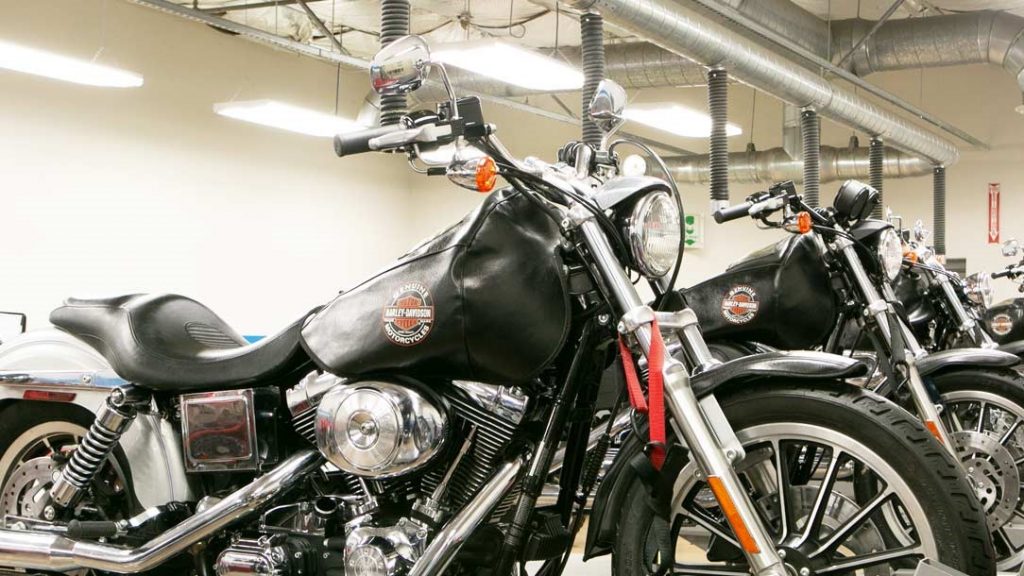
Graduates of the Late Model training can also opt for the Harley-Davidson Early Model elective. This six-week programme allows students to deepen their understanding of Harley-Davidson® bikes dating back to 1936. The course is divided into two sections:
H-D Early Model 1: Covering big-twin engines, side-valve and iron XL engines, as well as transmissions and clutches.
H-D Early Model 2: The second section includes topics like carburetion, early chassis maintenance, early electrical systems, and a final review.
Programme Benefits: The Road to Success
The Harley-Davidson specialised training programme is offered at two MMI campuses: Orlando, Florida, and Phoenix, Arizona. Enrolling in these elective options comes with numerous advantages:
Harley-Davidson PHD Assessments: Students have the opportunity to learn the PHD assessment process, a crucial component of the Technician Recognition programme. These course credits can be applied to Vehicle and Chassis Service (VCS) and electrical diagnostics.
Options for All: The Late Model elective is accessible to graduates of the core Motorcycle Technician programme, while the Screamin’ Eagle and Early Model electives are available to those who have completed the Late Model programme.
State-of-the-Art Training: The courses and topics covered in Harley-Davidson electives are meticulously aligned with Harley-Davidson University.
Valuable Credentials: Graduates are rewarded with 12 months of work experience, which can be used to support their recognition in Harley-Davidson’s field recognition programme, making them highly qualified for employment in dealerships.

